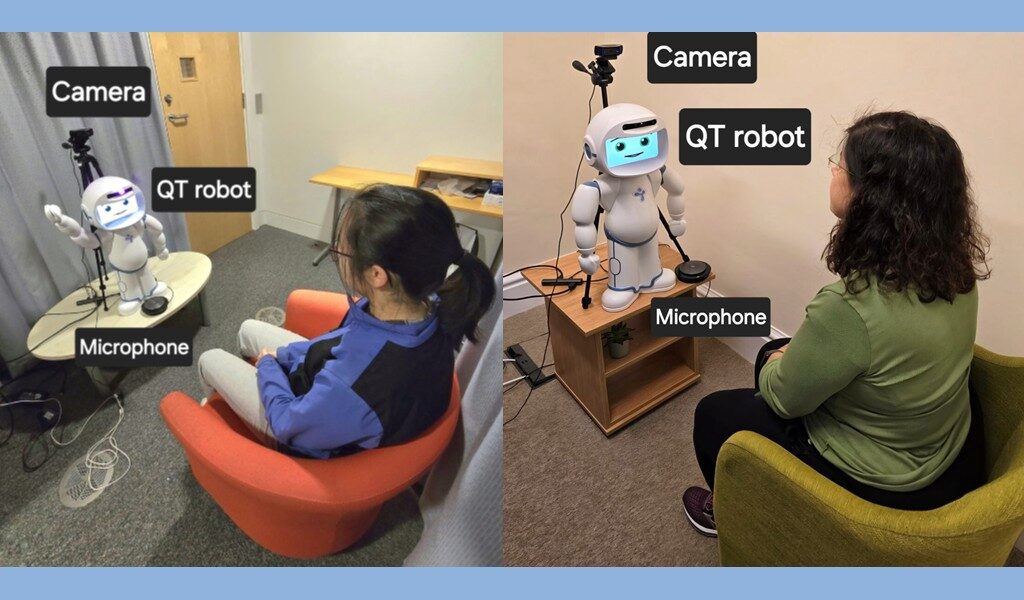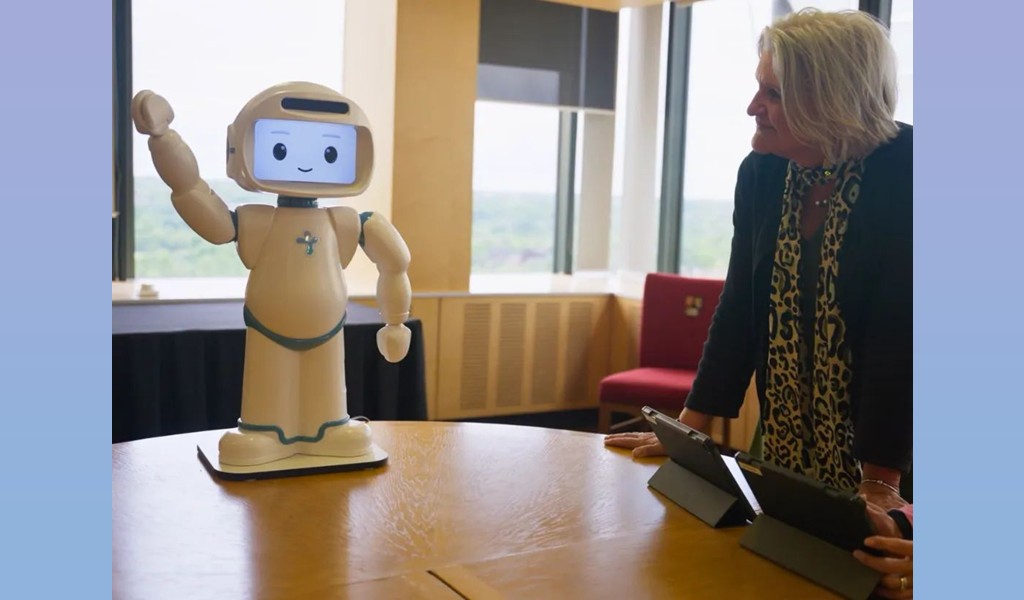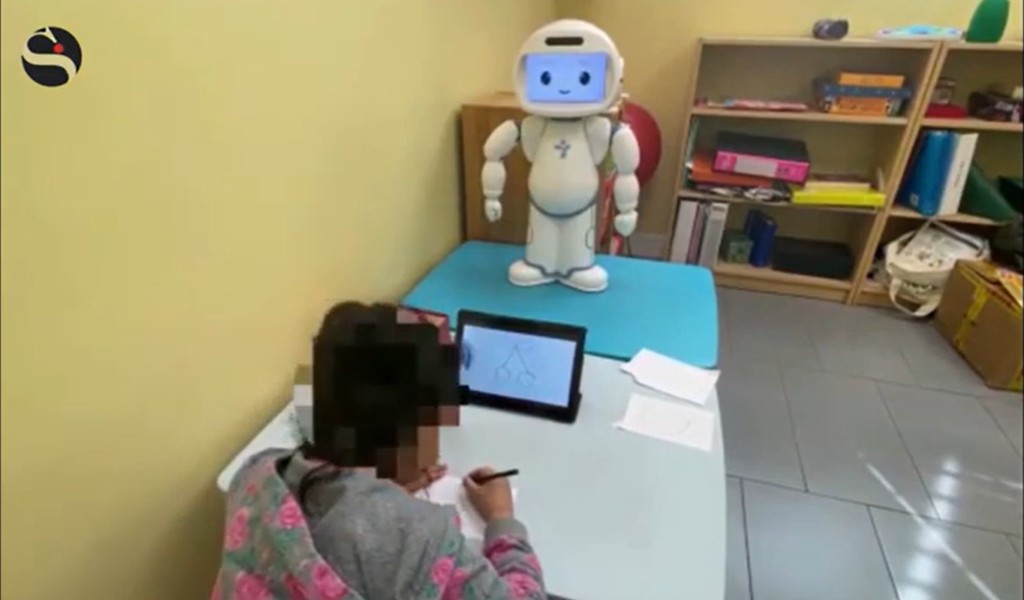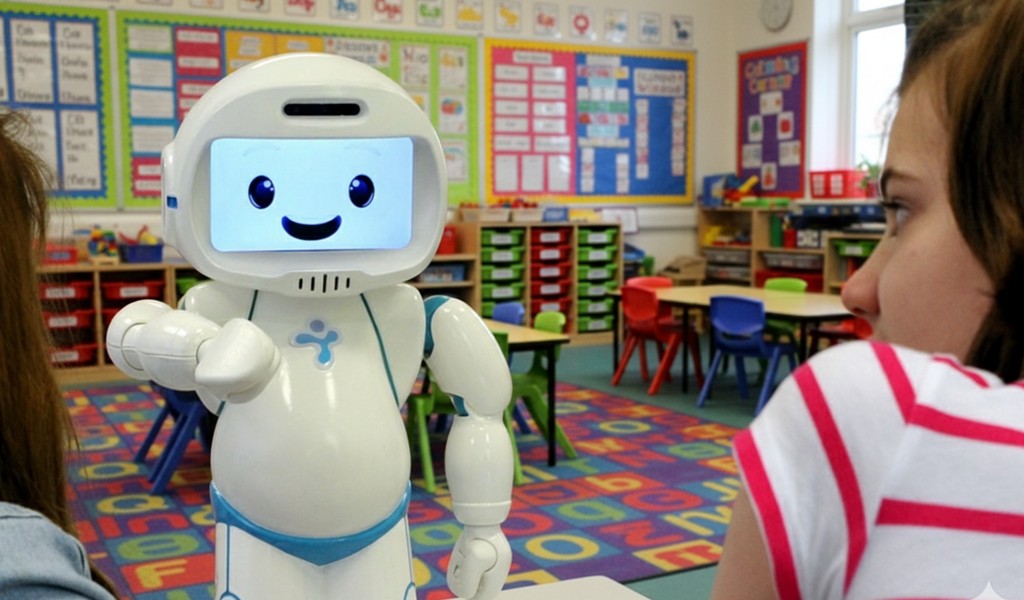In today’s fast-paced academic environments, emotional well-being can often take a backseat to deadlines and exams. Recognizing this challenge, researchers at the University of Cambridge explored a novel solution: could a humanoid robot help students better understand and regulate their emotions? Their findings, recently published in a study titled “QTrobot for Emotional Development”, demonstrate the powerful potential of social robots to support mental health in everyday environments.
Research Assumptions
The researchers based their work on two core assumptions:
Social robots can offer non-judgmental, supportive interactions that encourage individuals to open up emotionally.
Cognitive reappraisal, a widely used emotion regulation strategy, can be taught and practiced through structured robot-led conversations to promote emotional well-being.
Given that young adults are digital natives and generally receptive to technology, the team hypothesized that students would find interacting with QTrobot engaging, safe, and beneficial.
Study Design and Methodology
The intervention was carefully structured to mirror real-world emotional coaching but delivered through QTrobot. The study involved:
Participants: 26 university students
Setting: University halls and department areas
Duration: 5 sessions per participant
Approach: In each session, QTrobot used a structured conversation flow to engage students. Participants were asked to recall a mildly negative emotional experience and were guided by QTrobot through cognitive reappraisal exercises.
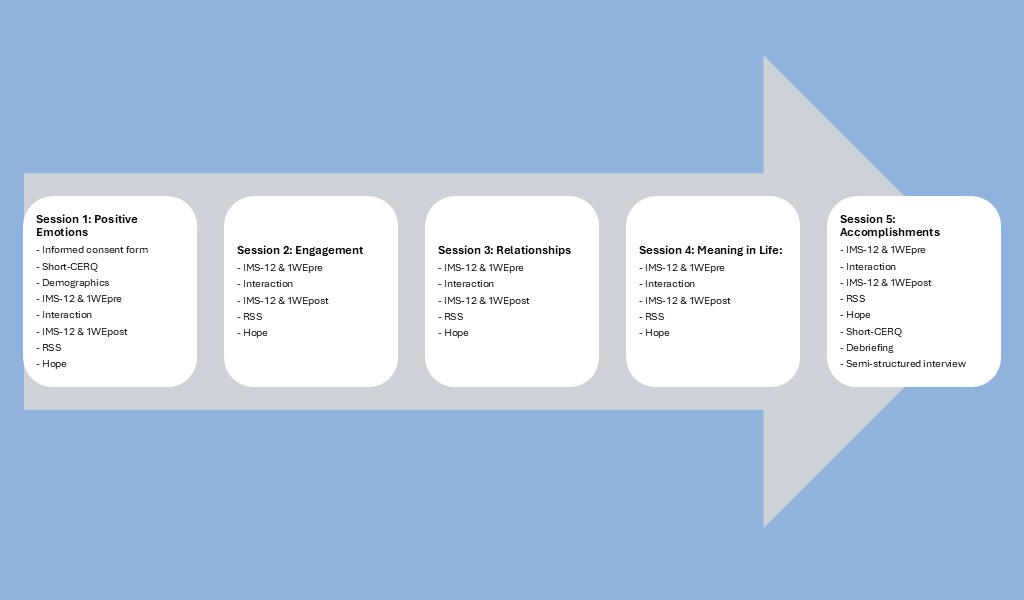
To make the interaction natural, QTrobot:
Initiated warm-up conversations to ease participants into the session.
Used multimodal sensing (audio, video) to adapt its behavior in real time.
Employed VITA, a robot architecture incorporating a local Large Language Model (LLM), to manage the flow of conversation while preserving user privacy.
Participants’ verbal responses, facial expressions, emotional language use, and self-reported emotional states were all recorded and analyzed across the sessions.
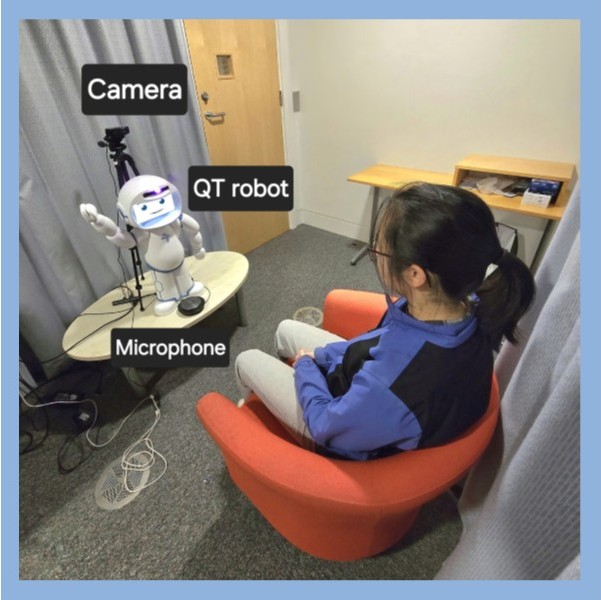
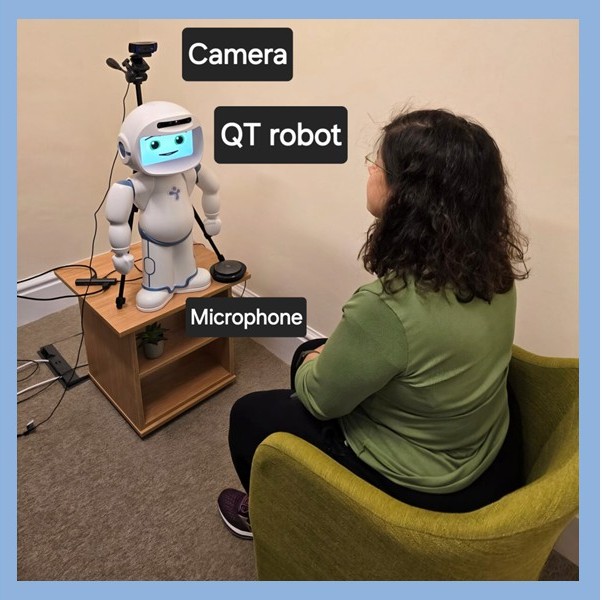
Key Results
The study uncovered several exciting outcomes:
Emotional Growth: Over the five sessions, students showed increased emotional expressiveness—both in their language (richer emotional vocabulary) and facial expressions.
Effective Emotional Regulation: Students reported an enhanced ability to understand and manage their emotions. Many noted that interacting with QTrobot helped them reframe negative experiences and regulate their feelings more effectively.
Positive User Experience: Participants described QTrobot as approachable, patient, and non-judgmental. Many said they found it easier to open up to the robot compared to a human counselor, appreciating the structured but low-pressure interaction.
Reduced Negative Mood: After each session, students consistently reported feeling less negative and more balanced.
Importantly, the research also found that the robot’s supportive demeanor and lack of judgment made it easier for students to engage with difficult emotions without feeling self-conscious.
Implications and Future Directions
This study suggests that robots like QTrobot can serve as powerful allies in promoting emotional health, especially for young people who might feel reluctant to seek traditional therapy. It also highlights how robot-led interventions can complement human support systems, offering scalable, private, and accessible ways to practice emotional regulation skills.
The researchers propose that future work should:
Expand the scope to include longer-term effects and larger sample sizes.
Explore how robots can personalize interventions further.
Investigate the integration of robot-led support into broader mental health and educational services.
Conclusion
QTrobot continues to demonstrate its versatility, moving beyond traditional educational support into the realm of emotional development. With careful design and scientific backing, social robots are proving to be valuable tools not only for learning but for building healthier, more emotionally resilient communities.
Reference
Laban, G., Wang, J. and Gunes, H., 2025. A Robot-Led Intervention for Emotion Regulation: From Expression to Reappraisal. arXiv preprint arXiv:2503.18243.
Department of Psychology, University of Cambridge, Cambridge, United Kingdom
Department of Computer Science and Technology, University of Cambridge, Cambridge, United Kingdom
